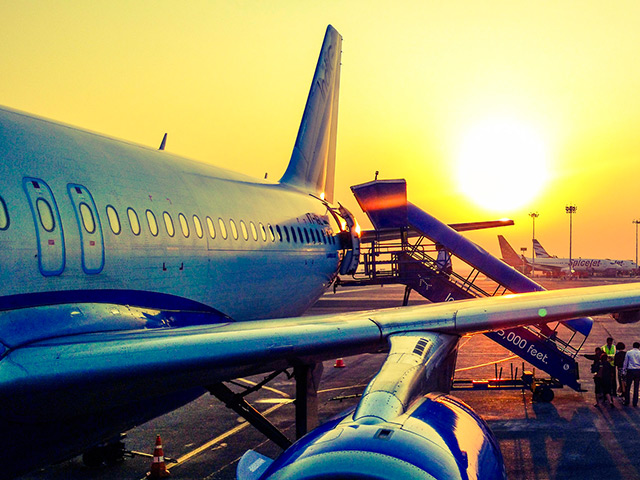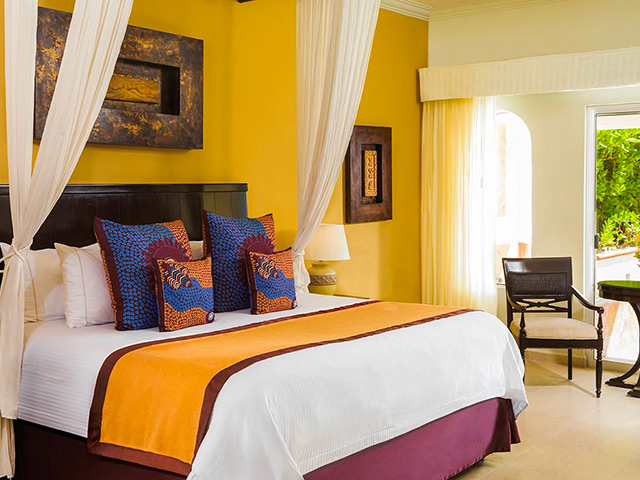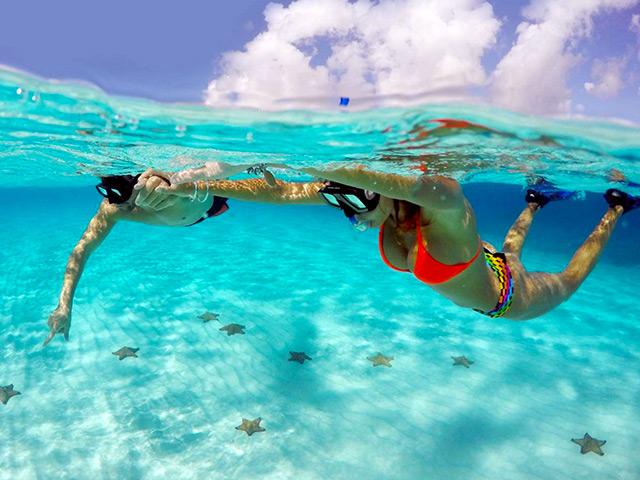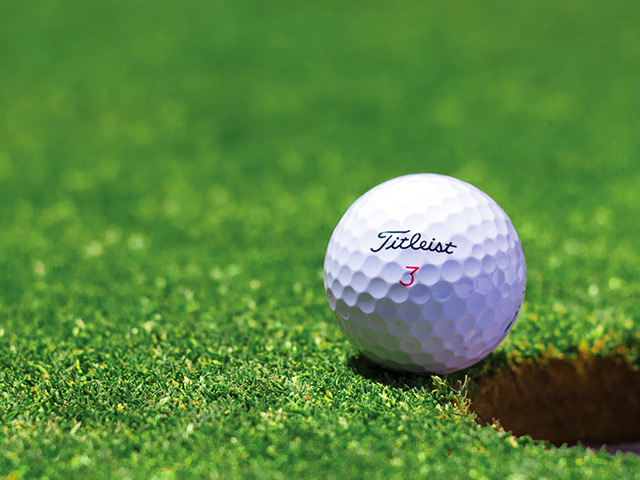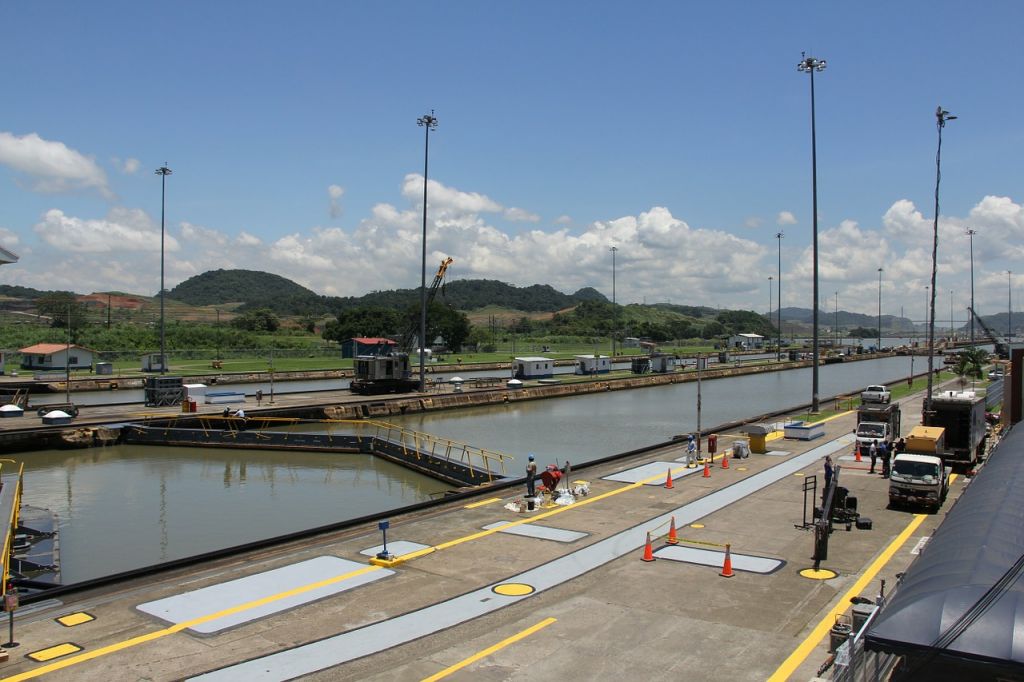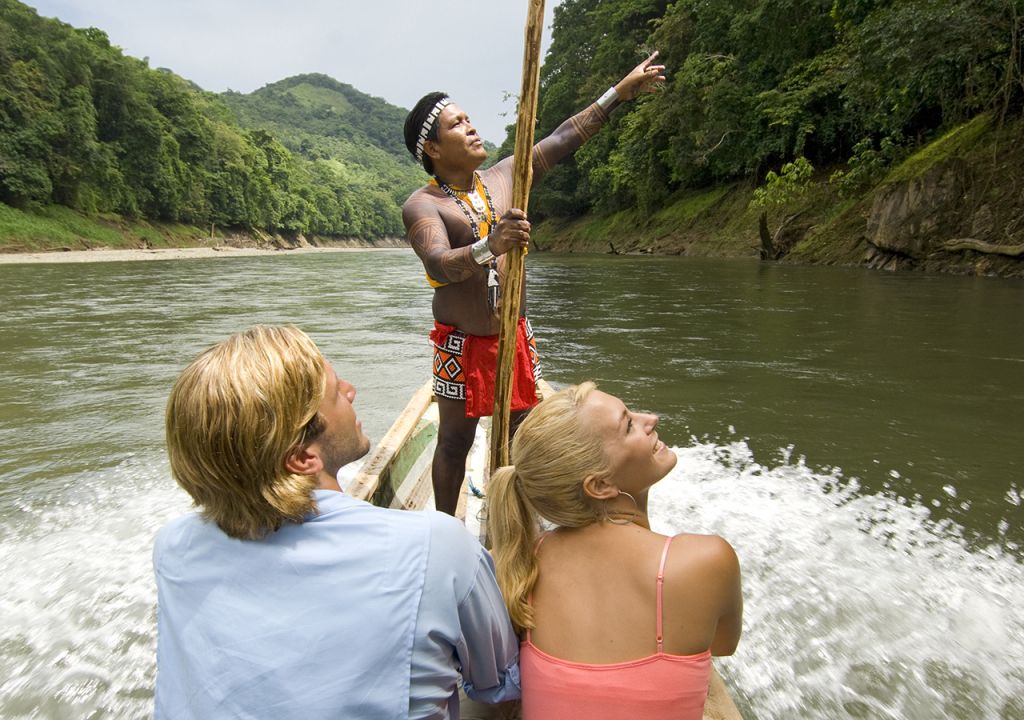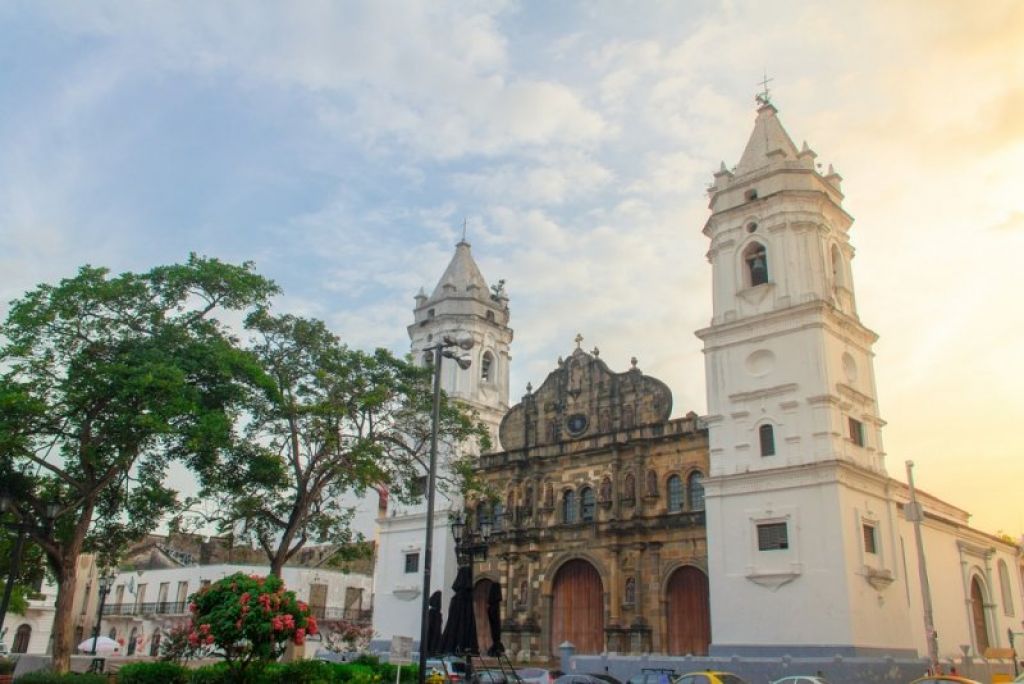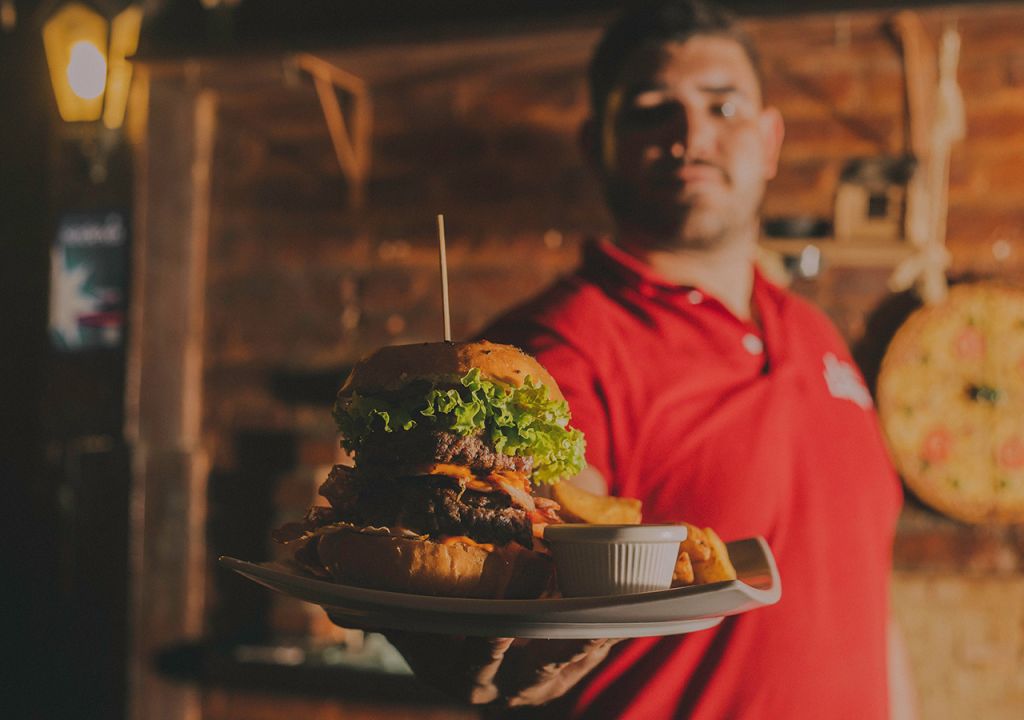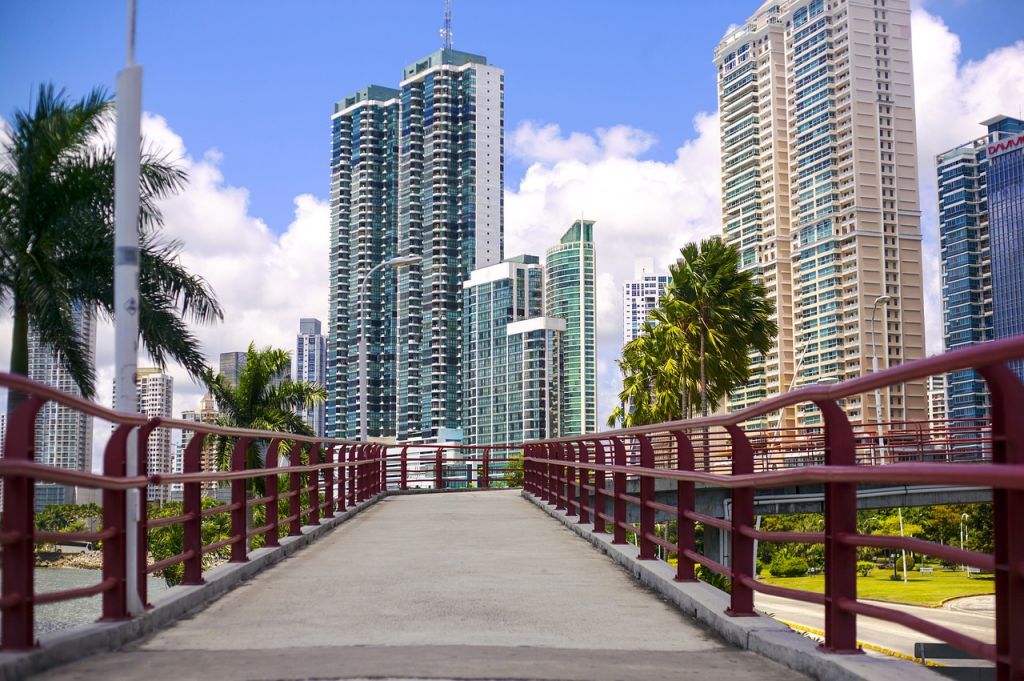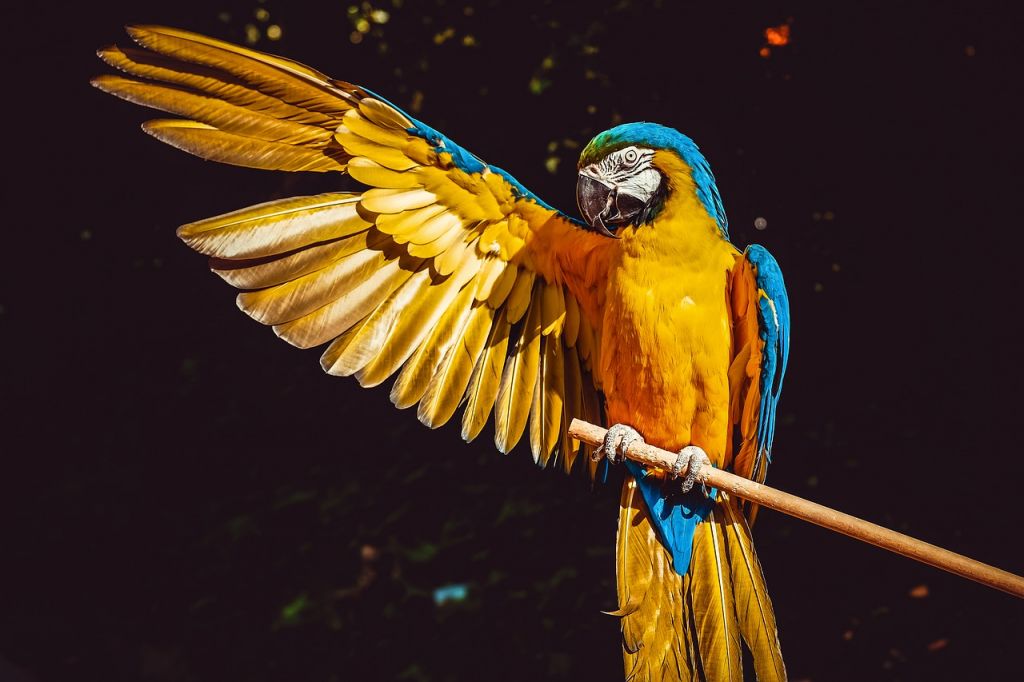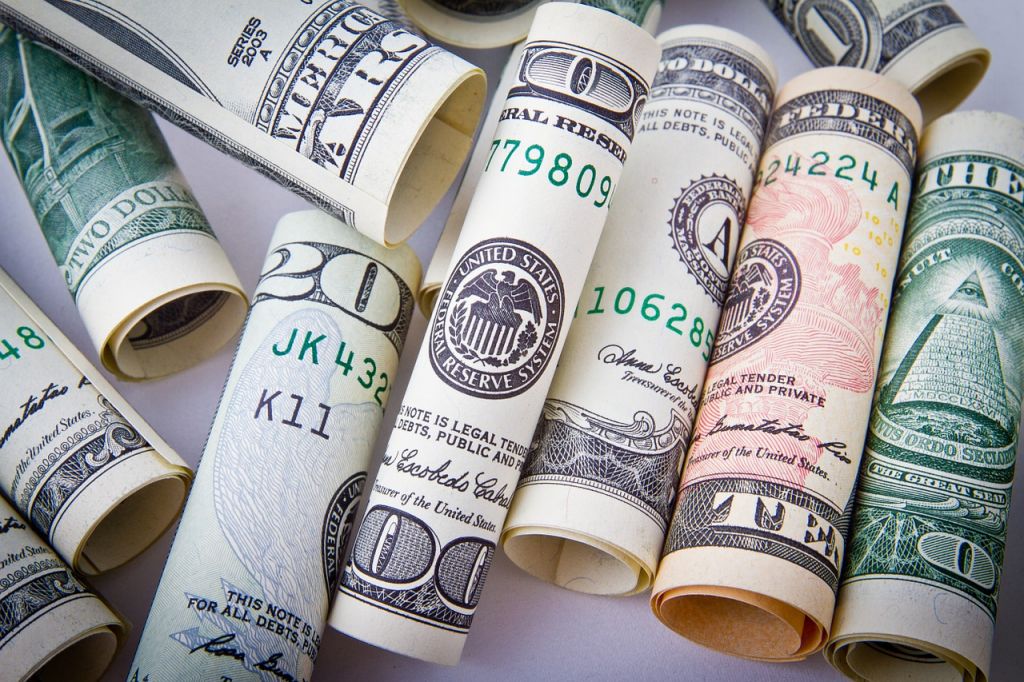The coastline with blinding blue waters and glittering skyscrapers remind us of Miami, although many make the funny remark that more English is heard in Panama. Panama City is dynamic and culturally diverse, vintage and sophisticated. Another plus Panama City has is the metro system, the first one in Central America, so you can go about traversing the city with ease, even beating traffic. The historic center has been renovated and a huge extension of the canal has just been completed.
Airlines in Panama City
